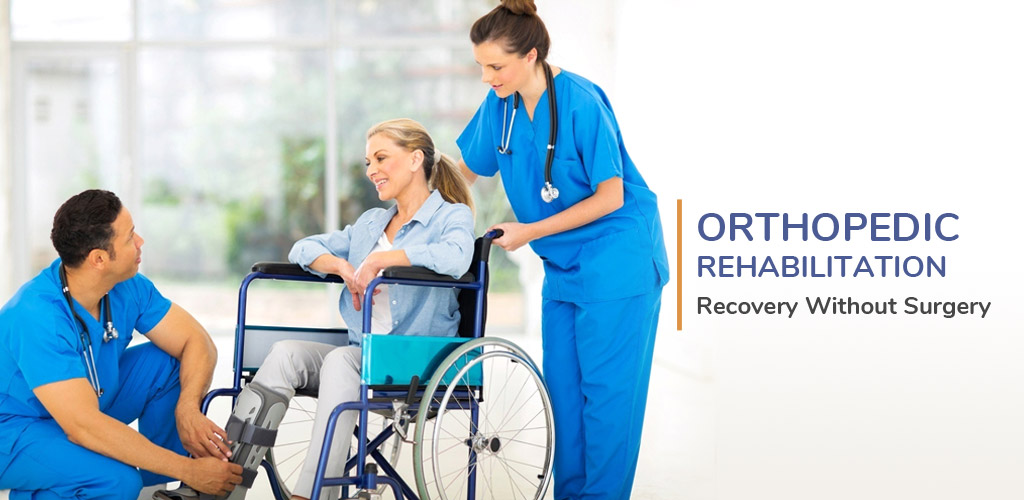Understanding Frequent Sports Ailments and Efficient Rehabilitation Plans aimed at Athletes
Understanding Frequent Sports Ailments and Efficient Rehabilitation Plans aimed at Athletes
Blog Article
Athletic injuries are common among athletes of every age groups and skill levels. These injuries can happen in various types, including ligament injuries, muscle injuries, breaks, and tendonitis. Comprehending the types of traumas that can occur during sports events is essential for both prevention and care. Sprains, for example, entail the overextending or tearing of ligaments, which link skeletal structures at a articulation. Strains, on the other hand, impact muscle tissues or tendons, which connect muscle tissues to bones. Identifying these injuries early can assist sportspeople obtain suitable treatment and return to their sport more rapidly.
One of the frequently commonly observed traumas in sports is the ankle ligament injury. This trauma often occurs when an athlete touches down awkwardly or rotates their ankle during a match. Signs of an ankle ligament injury include discomfort, swelling, and difficulty walking. Immediate care typically involves the R.I.C.E. approach, which represents for Rest, Ice, Wrapping, and Lifting. This approach aids minimize inflammation and pain. In severe serious situations, physical therapy may be necessary to restore power and flexibility to the ankle before returning to athletics.
Another common injury is a muscular strain, which can occur in any sport that requires quick actions or heavy weight-bearing. Sportspeople may suffer a muscle injury when they stretch a muscular tissue too far or when they exert too great effort. Symptoms include acute pain, inflammation, and muscular spasms. Recovery for muscle injuries often includes light stretching and strengthening workouts. Slowly raising the original source activity levels is crucial to avoid re-injury. Sportspeople should work closely with a physical specialist to develop a secure and effective recovery plan.
Tendon inflammation is another trauma that can affect athletes, particularly those who engage in repetitive motions, such as joggers or swimmers. This issue happens when a tendon structure, which connects muscle to bone, becomes inflamed. Frequent areas affected by tendonitis include the elbow, shoulder, and leg. Signs often include discomfort and rigidity, especially during movement. Treatment for tendonitis usually involves recovery, cooling, and anti-inflammatory medications. In some cases, physical treatment may be suggested to enhance mobility and strength in the affected area.
Preventing sports injuries is just as important as addressing them. Athletes can reduce their risk of injury by heating up correctly before events, using the appropriate equipment, and maintaining good fitness shape. Power training and flexibility workouts can help ready the body for the requirements of sports. Additionally, sportspeople should listen to their physical condition and take breaks when necessary. By understanding frequent athletic injuries and implementing efficient recovery plans, athletes can stay fit and enjoy their favorite sports for years to come.